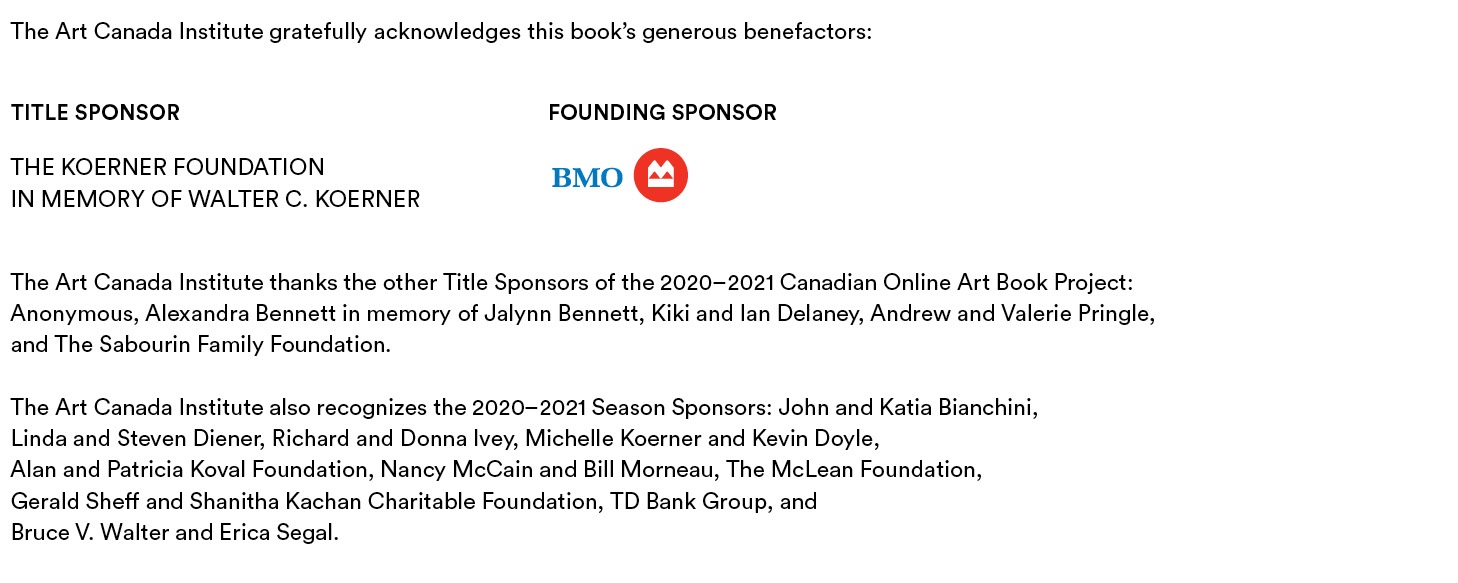Few twentieth-century artists were catalysts for the reclamation of a culture. Iljuwas Bill Reid (1920–1998) was among them. Born into a mixed-race family in Victoria, B.C., and denied his mother’s Haida heritage in his youth, Reid would go on to become one of the most significant Northwest Coast artists of our time. During his fifty-year-long career he was prolific and articulate—creating nearly a thousand original works and writing dozens of texts that gave voice to his vision and the cultural issues of his day. He is remembered as a passionate artist and an adamant community activist, mentor, and writer. Iljuwas Bill Reid: Life & Work details this incredible journey, exploring how Reid lived the reality of colonialism yet tenaciously forged a creative practice that celebrated Haida ways of seeing and making.
Reid worked as a radio announcer, then established himself as a well-respected jeweller. Following in the footsteps of his great-great-uncle, the master Haida artist Daxhiigang (Charles Edenshaw), he innovatively adapted Haida worldviews to the times in which he lived, eventually producing renowned large-scale works that today occupy sites of international importance, such as the Canadian Embassy in Washington, D.C., and the University of British Columbia Museum of Anthropology in Vancouver. Passionately engaging with a culture whose practices were once banned by the Indian Act, Reid embraced and emboldened a tidal shift that produced symbols for a nation and his art became iconic. This is Reid’s legacy—a complex story of power, resilience, and strength.
“Reid experienced deep joy in creating art. In staying true to Haida understandings, he advocated that care must be taken with each minute and unseen part because, ultimately, the work is not only for human eyes—but one must remember the eyes of the supernaturals and the ancestors.”Gerald McMaster
Acclaimed scholar Gerald McMaster expertly weaves together the narrative of Reid’s life. McMaster delves into the practice of Reid, who is often said to embody the Raven, a trickster who transforms the world. He examines how the artist made a critical inquiry into his craft throughout his life, gaining a sense of identity, purpose, and impact.
Gerald McMaster, O.C., is one of Canada’s most revered and esteemed academics. He is a curator, artist, and author, and is currently professor and Tier 1 Canada Research Chair of Indigenous Visual Culture and Curatorial Practice at OCAD University where he leads a team of researchers at the Wapatah: Centre for Indigenous Visual Knowledge. McMaster served as the curator for the 1995 Venice Biennale, artistic director of the 2012 Biennale of Sydney, and curator for the 2018 Venice Architecture Biennale. He is nêhiyaw (Plains Cree) and a citizen of the Siksika First Nation.

